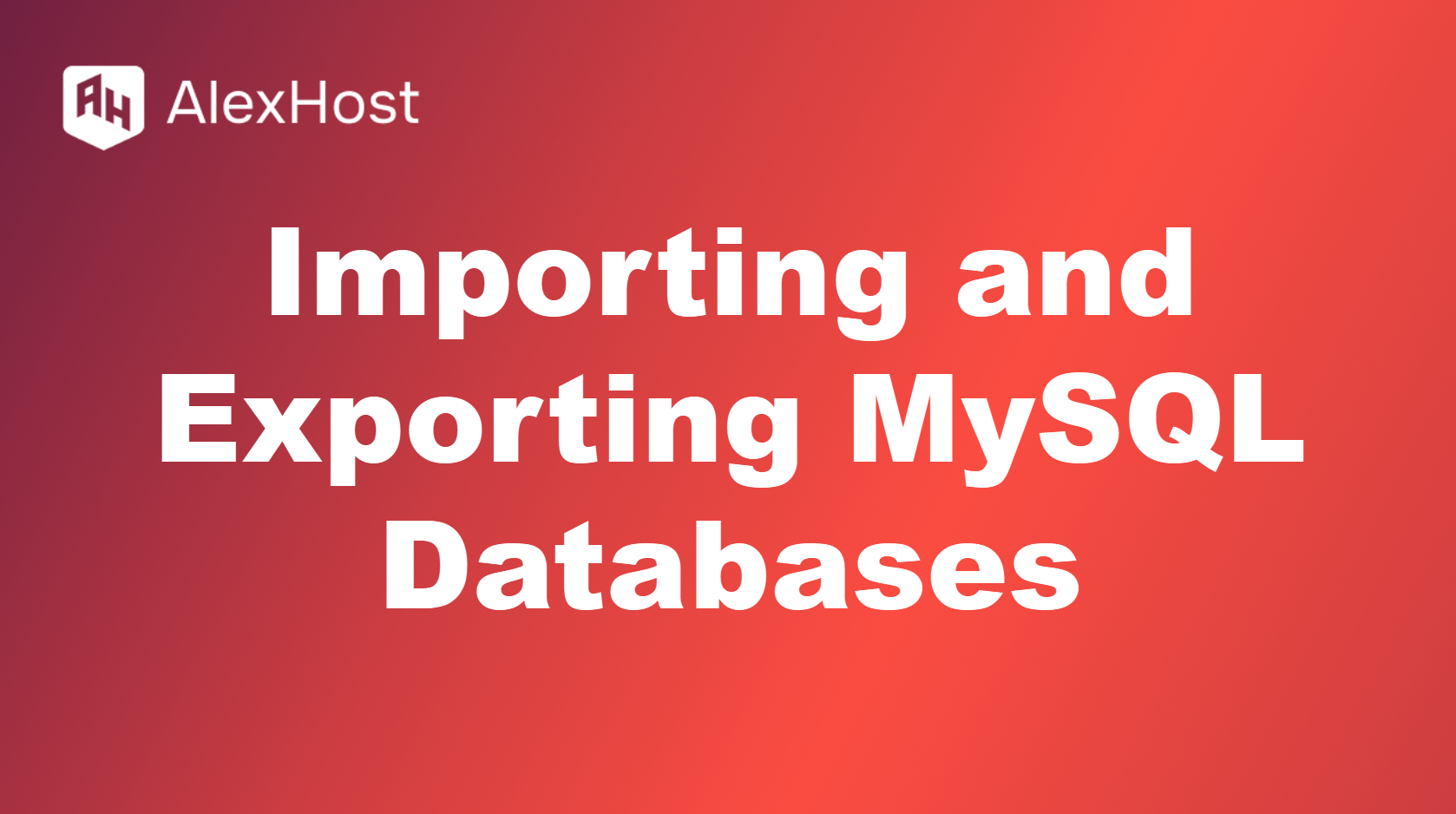Docker is an open-source platform that automates the deployment, scaling, and management of applications within lightweight, portable containers. Containers encapsulate an application and its dependencies, ensuring that it runs consistently across various environments, from development to production. This article will explore what Docker is, how it works, and its benefits. 1. Understanding Docker Docker is […]
Read MoreSecure Nginx with Let’s Encrypt SSL on AlexHost Ubuntu VPS Why add SSL to Nginx? HTTPS is non-negotiable in 2025—encrypting data keeps users safe and boosts SEO. Let’s Encrypt offers free, auto-renewing SSL certificates, and with AlexHost’s Ubuntu VPS (18.04/20.04), you can lock down your Nginx site in minutes. This guide shows you how to […]
Read MoreIn the Linux terminal, the shebang (#!) is an essential component for executing scripts written in various programming languages, including Bash and Python. The shebang line specifies the interpreter that should be used to run the script, allowing for seamless execution directly from the command line. This article will explain how to use the shebang […]
Read MoreSwitching your website to HTTPS (Hypertext Transfer Protocol Secure) is essential for ensuring secure communication between your server and users’ browsers. This transition enhances security, boosts user trust, and can improve your website’s SEO ranking. This guide will outline the steps to switch your website to HTTPS. 1. Understanding HTTPS HTTPS is an extension of […]
Read MoreConfiguring networking in CentOS is essential for connecting your server to the internet or a local network. This guide will cover the basic steps for setting up a network interface on CentOS, including configuring static IP addresses and managing network services. 1. Understanding Network Interfaces In CentOS, network interfaces are represented by files located in […]
Read MoreElementor is a popular WordPress page builder that enables users to create stunning, responsive websites with ease. Known for its drag-and-drop interface, Elementor allows users—regardless of their technical skills—to design custom layouts without writing a single line of code. This article will explore the purpose of Elementor, its key features, and a comparison of its […]
Read MoreSecuring your website with an SSL certificate is essential for protecting user data and enhancing trust. Many hosting providers and services offer free SSL certificates, making it easy for website owners to enable HTTPS. This guide will walk you through the steps to order and install a free SSL certificate using Let’s Encrypt, a popular […]
Read MoreImport and Export MySQL Databases on AlexHost VPS Why manage MySQL imports and exports on AlexHost?Efficient database management ensures reliability, scalability, and security for any web application. Whether you’re backing up data, migrating between servers, or transferring databases across environments, AlexHost’s VPS with NVMe storage, LiteSpeed, and root access provides the ideal infrastructure for fast […]
Read MoreVMware Workstation Player is a free virtualization software that allows users to run multiple operating systems on a single physical machine. It’s ideal for testing, development, and running different OS environments. This guide will walk you through the steps to install VMware Workstation Player on a Linux system. 1. System Requirements Before you begin, ensure […]
Read MoreBuilding a website starts with a strong foundation, and choosing the right hosting provider is just as important as selecting the ideal CMS. AlexHost’s VPS Hosting provides the flexibility, speed, and reliability you need to power any CMS, whether it’s WordPress, Joomla, Drupal, or Shopify. With full root access, SSD storage, and robust DDoS protection, […]
Read More
















